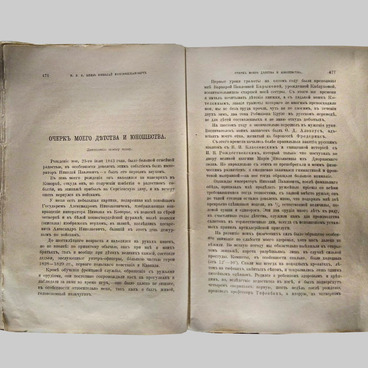A single-seater children’s carriage is a small wicker chair with a low back that is mounted on a metal frame with wheels. Main wheels are high, they represent a narrow rim with a rubber pad and a cross-spoke arrangement, connected to a hub. Small additional wheels are made of metal and decorated with patterned forging. The bottom of the basket consists of 4 wide smooth strips. The basket is turned in such a way that the child in it sits facing a person who is carrying the cart. The basket is made of rattan, the weaving is large, decorative, more dense along the bottom edge. The outer edge of the sides is reinforced with braiding: it did not allow the walls to bend and deform even under the weight of a child who could lean on them.
Rattan grows in the Philippines and Indonesian islands. Their vines are unusually long: on average, they reach 80 meters, but sometimes 300 meters are also found. Moreover, along its entire length, such a vine has the same thickness — up to 7 centimeters in diameter — and a smooth surface without knots. To make the stems of the rattan flexible, the bark is removed from them and they are treated with hot steam. After the braiding is finished and the rattan is dry, the product takes on its final shape.
Thanks to preserved cultural monuments, it is possible to trace the historical chronology of the development of the children’s carriage. The Royal Museum of Fine Arts of Belgium houses the work of outstanding portrait painter Frans Hals “Free children with a goat-cart” from 1620. It depicts children of a noble family, the youngest child riding in a cart pulled by a goat. In the Museums of the Moscow Kremlin there is a children’s ‘amusing cart’, which was made in 1690 especially for the son of Peter I — Tsarevich Aleksey. Those items allow us to assert that children’s transport was used already in the 17th century.
The children’s carriage has been developing and improving for a very long time, several eras have changed. Its design was constantly changing — from a small cart with a heavy handle or a small manual carriage for riding children, a convertible carriage to a modern stroller.



